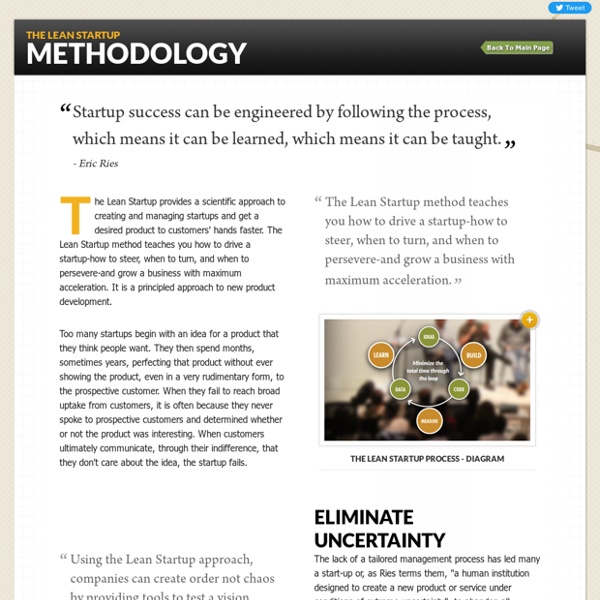BL-103: Teaching Each Student (K-12)
Description This course will help you analyze data from your blended/personalized classroom with an informed eye, then transfer that knowledge to your planning through focused groups, flexible long-term planning, and personalization by giving students choice around path and pace. You’ll leave this course knowing why your blended practice should be grounded in instructional challenges/student needs and how you can leverage technology to address those challenges, so you can teach each student in a more personalized manner.
Design Kit
The Field Guide to Human-Centered Design A step-by-step guide that will get you solving problems like a designer. By IDEO.org About this Resource At IDEO.org, part of our mission is to spread human-centered design to social sector practitioners around the world. The Field Guide to Human-Centered Design reveals our process with the key mindsets that underpin how and why we think about design for the social sector, 57 clear-to-use design methods for new and experienced practitioners, and from-the-field case studies of human-centered design in action.
Agile, Lean « System Agility
What We Did at The ALE2011 Retrospective Olaf and I were chatting on the first morning of the first ever ALE conference when he suggested I facilitate the retrospective at the end of the conference. Facilitating a session with 200+ very smart and very vocal people, many of whom are expert retrospective facilitators, and all of whom would have high expectations, was a pretty scary thought. But also a great opportunity to have some fun and do something that would be an experience I would not forget.
NeuroMap™-the world's first neuromarketing model. Learn More!
3 Brains The starting point of the NeuroMap™ is understanding some basic facts about the structure of the human brain. You may think of the human brain as a single organ, but physiologically, the brain is actually organized into 3 separate parts which act as separate organs with different cellular structures and different functions. Learn how each part of the brain is involved in buying decisions, and, most importantly, which part of the brain is the true decision maker.
Toddlers and Tablets
The first iPad was released in April 2010. Three years later, a Pew Internet survey found that half of American parents with children at home own a tablet computer. Mosey on over to the iTunes app store, and 9 of the top 10 paid education apps are designed for small children, ages four and up. To summarize: families with means are loading up on tablets, and they are buying education apps targeted at preschoolers. I believe four-year-olds will shape the future of education technology (edtech), long before they ever set foot in a kindergarten classroom.
Javelin Experiment Board – BIGJUMP
Remember to start on the left hand side – Brainstorming Area Customer – Start with listing customer segments – love somebody more than anyone elseEach team member write down one customer (5 mins)Select one customer segment to focus test on -> move to right hand side – Execute AreaProblem – each team member write down one problem (5 mins) – select one problem and move to Execute AreaSolution – focus first on understanding & validating customer and problem before going into solution – because Every customer has a problem Every problem has a solution Not every solution has a problem
How to Build a Lean Startup, step-by-step
Duration: Approximately 60 minutes. Cost: Free Get started with a detailed guide to three key lean startup techniques: continuous deployment, rapid split-testing, and root cause analysis (five why's). This webcast will cover the theory of how lean startups work, implementation details, and case studies.
The Global Thinkers' Book Club
When FP chose this year's 100 Global Thinkers, we asked each of them to tell us the top three books they read in 2012. Their responses ranged unsurprisingly wide -- from Robert Caro's biography of Lyndon Johnson and John Lewis Gaddis's of George Kennan to Katherine Boo on Mumbai slum life and James Fallow on China's booming aviation industry. But theses eight books -- three of them written by current or former Global Thinkers -- drew the most recommendations. From psychology to biography, economics to tech, see what some of the world's top minds are reading. 1.
Give Math a Chance
“I am just not a math person.” Statements like this drive me crazy; yet as a math teacher, I heard them all the time – and the biggest culprits were the parents, not the students. When we make it socially acceptable to be bad at math, are we setting our kids up to fail? I get it; math is difficult, and unless the subject comes easily to you, traditional methods of teaching it are boring and confusing at best. BUT, luckily for us, there are TONS of great things happening in the math EdTech space that help our kids learn math in different, non-traditional ways.



